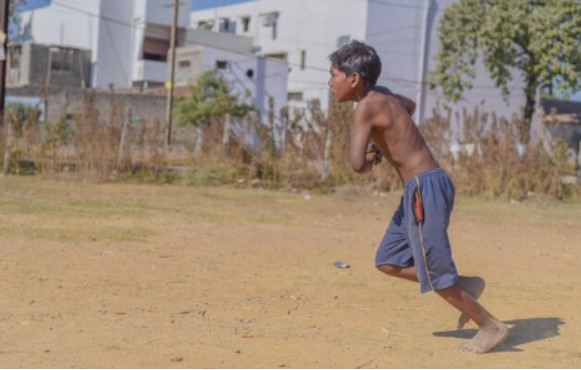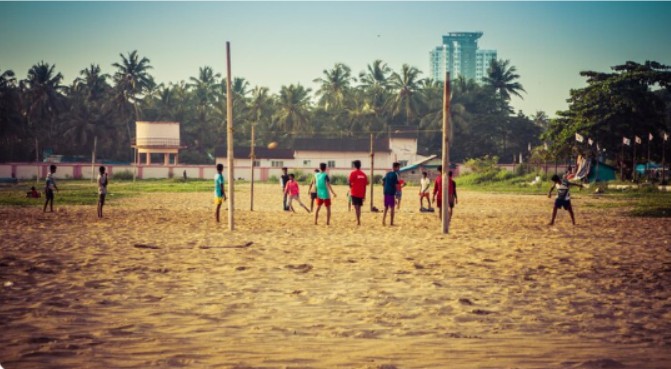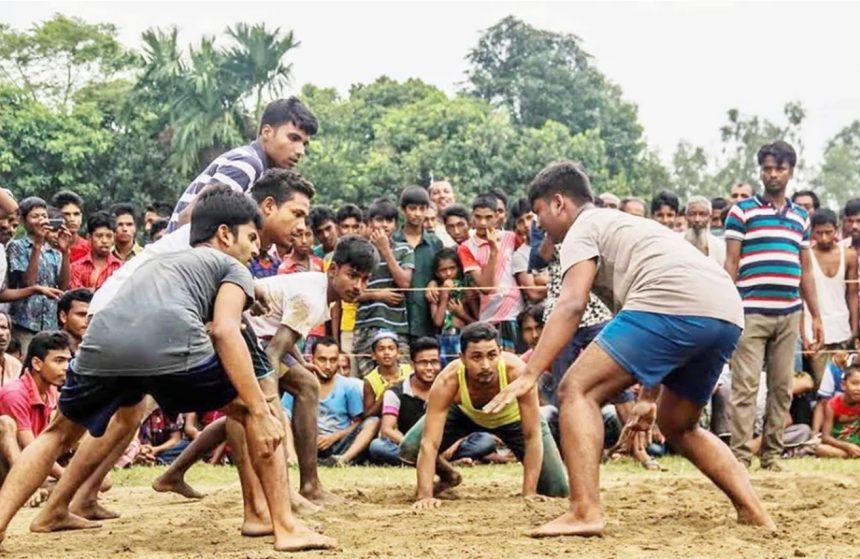You will not hear the Kabaddi cheers reverberating in the concrete jungle of Dhaka. But go a few miles in the country, and it is electric. Children run after one another over hard, fissured ground, clouds of dust swirling up under their scurrying feet. It is the national sport of Bangladesh and is nearly unseen in the cities that define its future.
Symbol of Rural Identity
Kabaddi is not only a game in the villages of Bangladesh, but it is a part of the earth. Fields are converted into temporary stadiums. Somewhere between the dust and sweat, the best online betting site in Bangladesh might list odds, but out here, nobody’s checking. There is no fancy equipment that the game requires, only grit and fire in the lungs. Players grapple, balance, and breathe in a single movement. It’s not just about watching Kabaddi, you experience it.
The sport reflects life on the farm: fights, survival, and dignity. This is the way generations are linked. Grandfathers are still reminiscing about the legendary raids by moonlight. The rules of the sport are more in the minds than in books. That is the reason why it is there.

Government Recognition and National Pride
Bangladesh did not choose Kabaddi out of chance. It was a deliberate choice, based on identity construction following independence. It was not only the game, but also its meaning.
The government gave Kabaddi due recognition for obvious reasons:
-
It was born in the village and had been played for centuries without interference from the colonialists.
-
It required intellectual prowess and physical endurance- two things the Bangladeshis hold in high esteem.
-
It did not require costly equipment, which meant that it was available to most people.
-
It demonstrated team spirit and tactics without losing its local spirit.
This was not a symbolic ornamentation. Kabaddi was a very calculated message: Bangladesh would be on its cultural legs. And it has, though not entirely, its national sport is still to a great extent a rural one, as an anthem which few in the city have ever sung.
Factors Limiting Urban Popularity
Kabaddi is the pulse of rural Bangladesh, but in urban areas, it has lost its pulse. You won’t find it trending on Melbet Instagram BD, and that says a lot about its fading visibility. Two significant obstacles hinder the game’s ability to take the stage in the urban setting: systemic negligence and rapidly evolving youth culture.
Lack of Infrastructure and Promotion
Take a stroll in Dhaka or Chittagong and see if you can find a Kabaddi court–you can not. No training schools, no school competitions, no billboards with star raiders. Cricket and football consume the budget as well as the limelight. Kabaddi, in some way, was left in the dark.
Even the local government does not appear to drive it. No press attention. No sponsorship by corporations. Just silence. City children are brought up without seeing the sport played competitively, having no visibility or investment in it. It turns into a term in a textbook, not a word you scream on a playground. The fact that it is not visible is killing it.
Cultural Shift Among City Youth
Kabaddi is not in line with the skyscraper beats of the city. Not matches stained with dust, but their phones grab the attention of the teens. The physicality of the game, with its lunging and locking, is foreign to children in the age of FIFA, Instagram, and influencer culture.
And when they are playing, it is football in sneakers or cricket in the alleys. Kabaddi is too rural, too sweaty, too off-beat with what is cool. No urban hero with the title of raider. Nothing viral. The game has just failed to reach the mode that the youth of the city walk, speak, or dream.

Contrast with Emerging Urban Sports Trends
Urban Bangladesh has not said no to sport; they simply made other decisions. Cricket rules not only the ground, but also advertisements, telecasts, and discussions. It’s televised. One can read the statistics, bet on the leagues, and idolize the stars. You can purchase a jersey, wear the hype, and join the noise. By contrast, Kabaddi is quiet, a specter of the past in a cyber city.
The direction is strongly inclined toward games that have commercial power and an international platform. Messi posters of football are displayed in tea shops. Futsal leagues are organized locally on a year-round basis. In the meantime, Kabaddi is still lacking its urban rebrand. Without spectacle, it dies.
Future of Kabaddi in Modern Bangladesh
Kabaddi is not finished; it is only on a break. Bring it back to schools, give the broadcasters a gamble, and it lives again. The spirit of the game is still there. It now only wants a platform where the cities can hear it.














